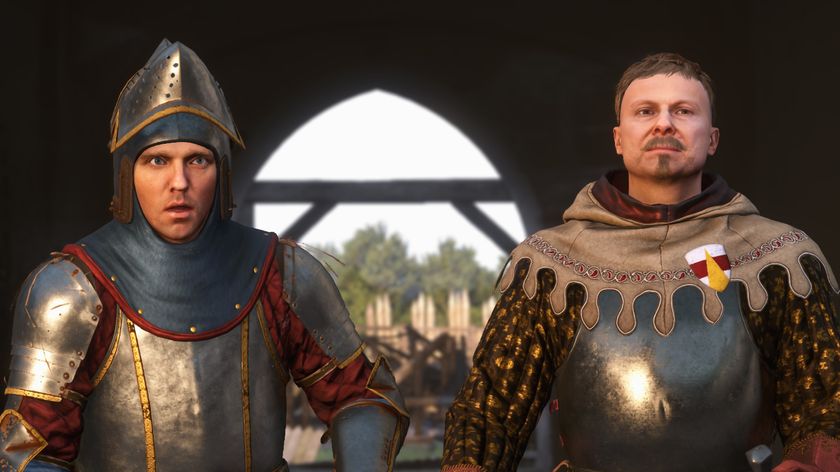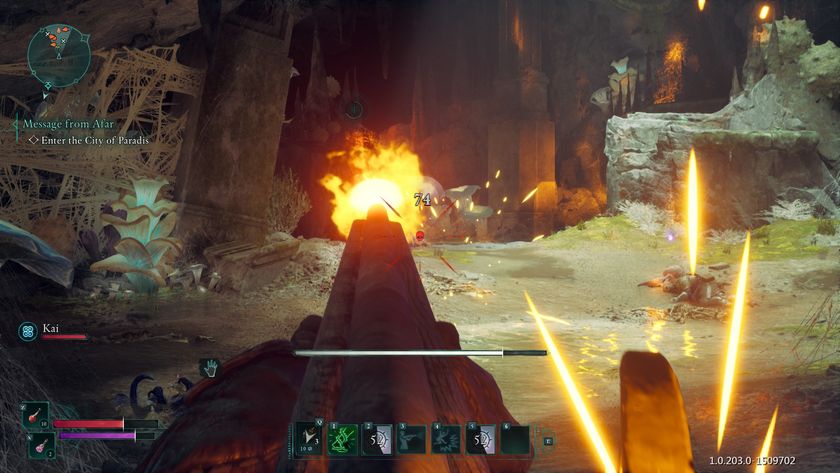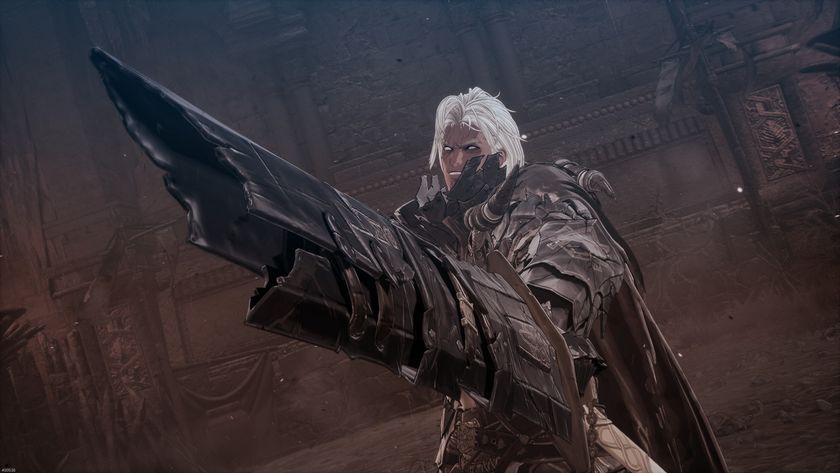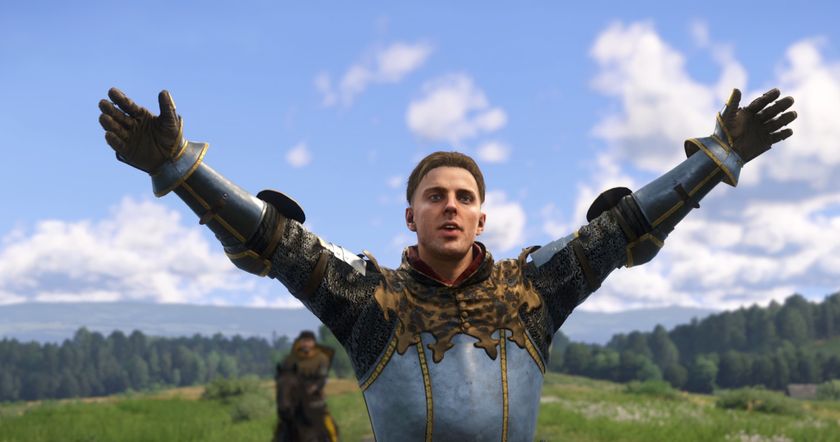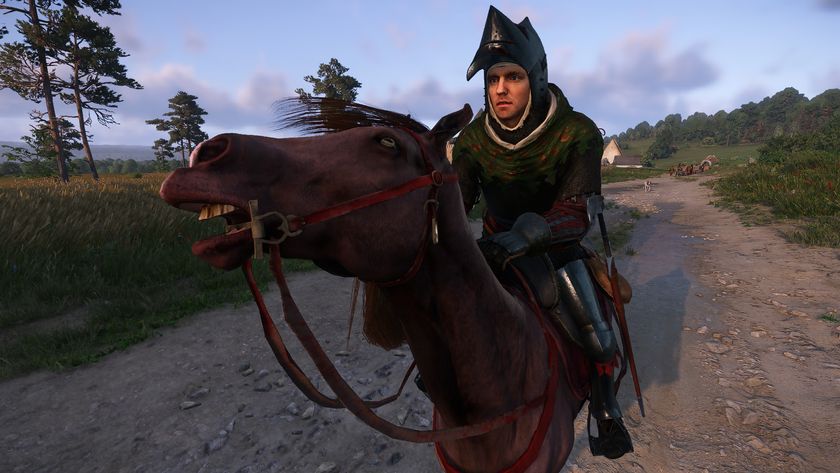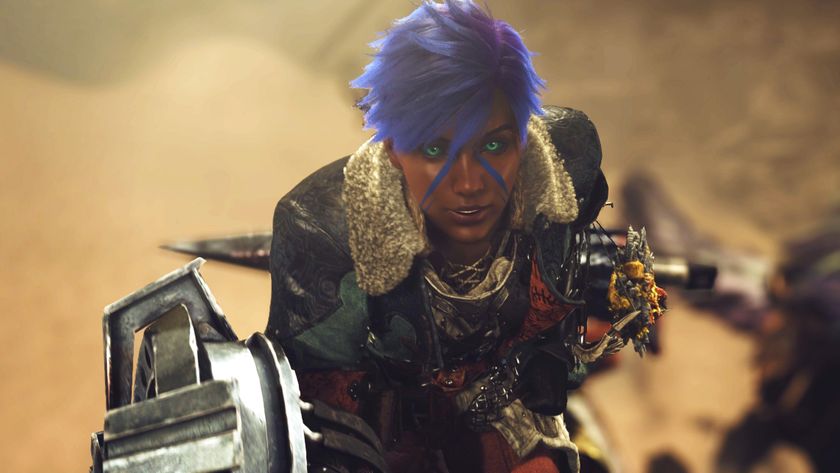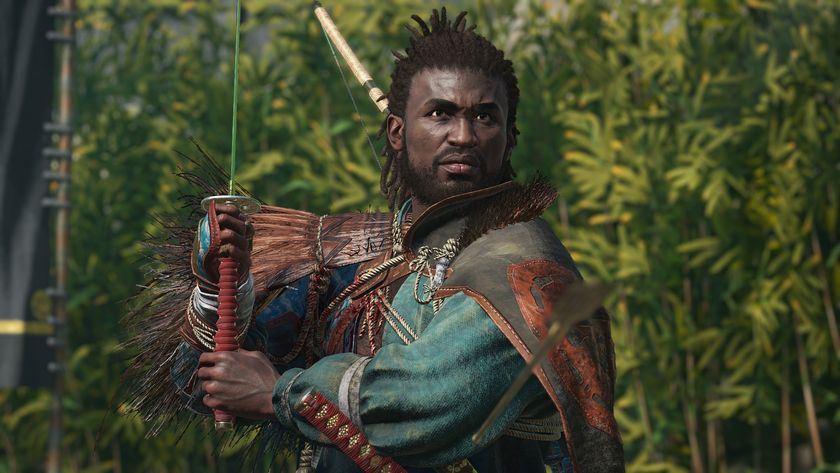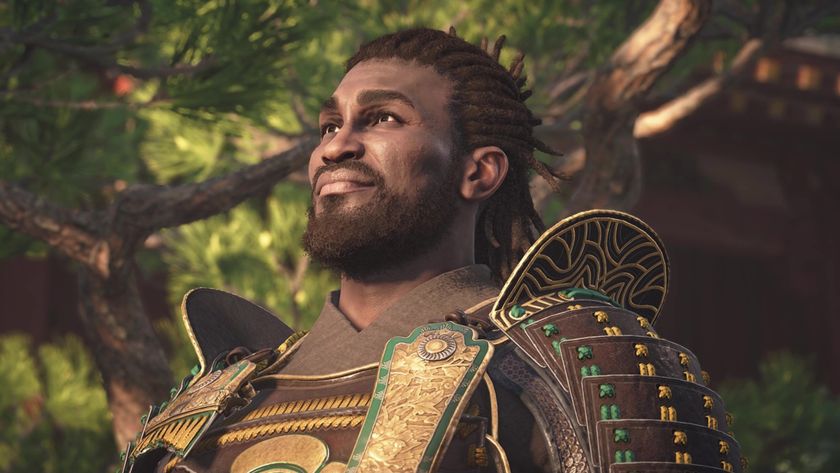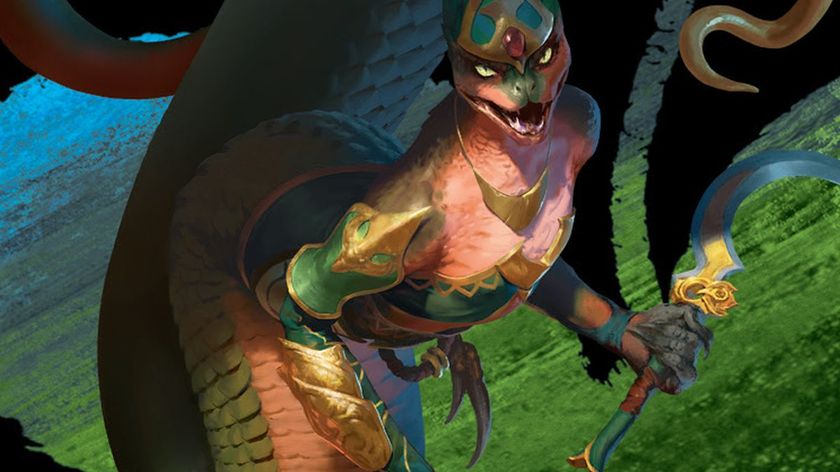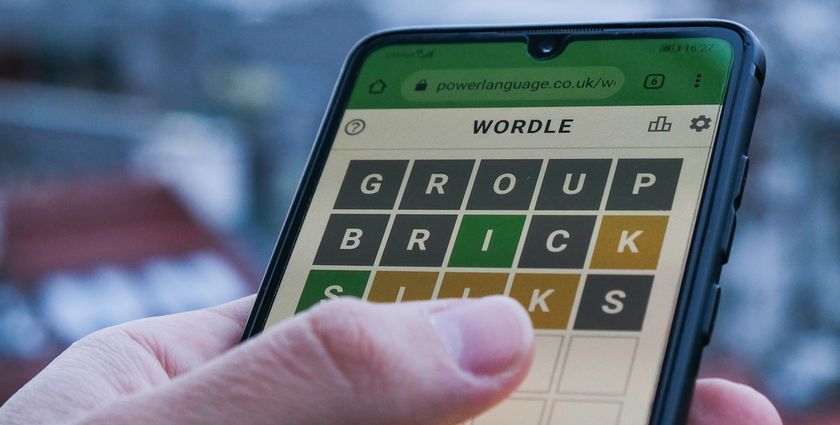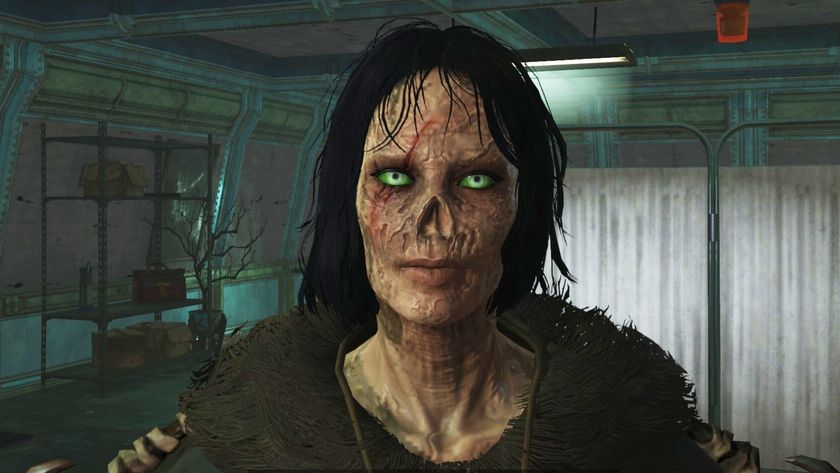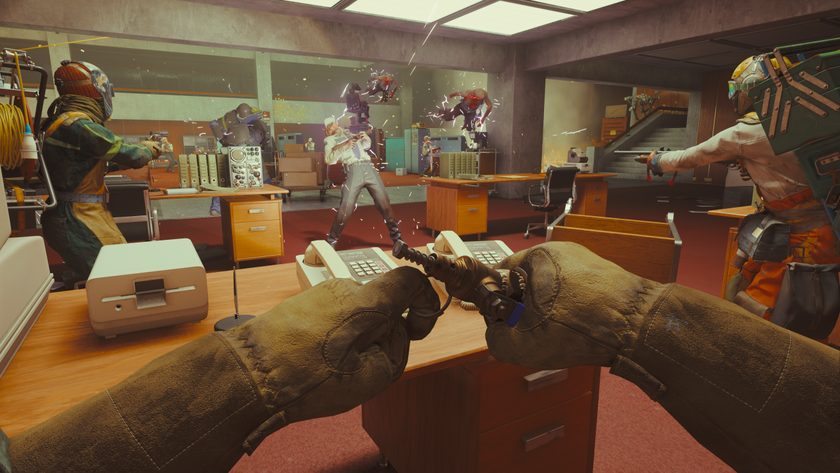Chivalry 2 combat guide: Everything you need to be a master soldier
Master Chivalry 2's combat by learning how to riposte, feint, and more.
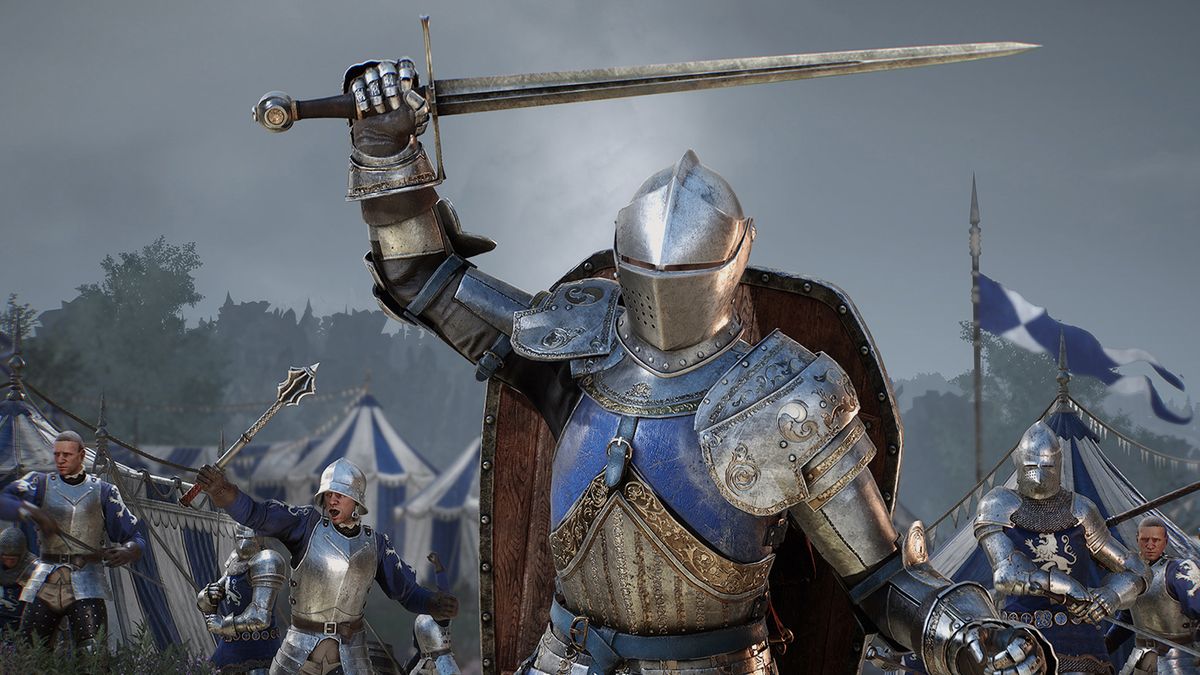
In need of a Chivalry 2 combat guide? Much like the original, Chivalry 2 is all about dramatic medieval multiplayer battles with limbs flying all over the place. Fans of the original will recognize the Free For All, Team Deathmatch, and Team Objective modes, as well as the basic combat moves (hacking, slashing, stabbing, and shooting). However, Chivalry 2 is weightier, and more realistic. For instance, it's easier to anticipate enemy attacks.
And that’s great news, because this allows you to use more interesting combat techniques. If you can recognize your opponent’s attack, you can perform a life-saving riposte or punishing countermove. Since these moves are as crucial as they are hard to master, I'm here to help. Here's everything you need to know about Chivalry 2's classes, weapons, and combat.
Classes
Which Chivalry 2 class should you choose?
Chivalry 2 has four main classes: Knight, Vanguard, Footman, and Archer. Each main class has three subclasses and a choice of weapons.
Knight
A popular choice with their high health, powerful two-handed weapons, and ability to equip large shields. While this extra protection should mean battles are more forgiving for beginners, but keep in mind that Knights aren't the fastest.
Vanguard
If you’re good at fast combat—lots of quick slashes and dodging, in other words—the Vanguard is for you. Depending on your choice of subclass, you can deal extra backstab damage or equip a two-handed weapon at no extra movement cost. While this class' versatility is a huge plus, keep in mind that their low health will leave you vulnerable.
Footman
Always equipped with a bandage kit, the Footman has the highest support potential. Definitely choose this class if you’d rather place traps and barricades than fight. If you want to do a little of both, you can also combine the Footman’s healing skills with a high-range polearm.
Archer
The class, naturally, for ranged combat. Although they have the lowest health and stamina of all the Chivalry 2 classes, they can use a longbow or a crossbow from a safe distance. There’s even an option to use throwables (like javelins) instead. Requires excellent aiming skills, understandably.
The biggest gaming news, reviews and hardware deals
Keep up to date with the most important stories and the best deals, as picked by the PC Gamer team.
Weapons
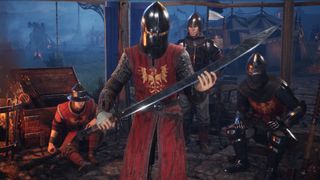
The best Chivalry 2 weapons
While this depends on your choice of class and your playstyle, some weapons stand out with their high damage, speed, and range:
- Messer: The best two-handed sword. This weapon has great reach, fast slashes, and a very high damage output.
- Maul: A slow, but extremely damaging two-handed weapon. Use it to break your opponent’s parry with ease.
- Halberd: This weapon’s incredible reach is perfect for stabbing attacks. If you get surrounded, switch to slashing instead.
- Crossbow: Lets you keep your distance while killing off heavily-armoured knights. A few well-aimed bolts can kill more players than most melee weapons.
- Shortsword: It can’t compare to most primary weapons, but the Shortsword is the best secondary with its superb speed.
Initiative
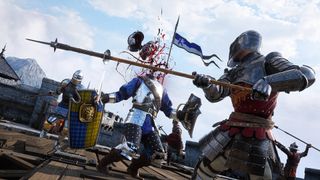
How does Initiative work?
This is the most important thing to learn in Chivalry 2: timing. Just running to your enemy and hacking away tends to result in an untimely death. Instead, you have to gain the upper hand by timing your defensive moves and attacks properly. In the game, this is called 'Initiative'.
The basics are simple: The player with Initiative should attack, while the player without Initiative should try to get it back. The latter can easily be achieved by blocking an incoming attack. You should then immediately counterattack before you lose it. Always be ready for the possibility that your opponent might successfully defend themselves, in which case they have the Initiative again and you’ll be back to defending.
Be especially careful when you and your opponent try to attack at the same time. The one who lands the hit first will interrupt the other’s attack and gain Initiative. This allows the successful attacker to continue their combo.
How to block
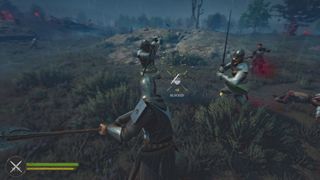
How to block attacks: parry, riposte, and counter
How to parry
If you see an incoming attack, press block to shield yourself from damage. It’s possible to hold the parry, but know that this will drain your stamina (that also counts for shields). You can’t block without stamina, so try to avoid this.
How to riposte
If the parry is successful, immediately respond with your own attack to perform a riposte. This is a fast attack which can shield you from damage for a short while. It’s often better to riposte than to just hold your parry.
How to counter
The best way to block an incoming attack is by countering. Take on a defensive stance and watch your opponent carefully, then perform the same attack as him (a slash, stab, or overhaul). If you perform the matching attack just before you get hit, your enemy will be the one who gets hurt.
How to feint
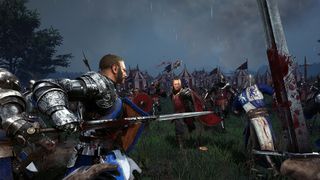
How and when to use feints
When a player switches to another attack before landing the hit, it’s called a feint. and they're a great way to throw off your opponent. It’s easy to do, too: Start, for example, a slash attack. Shortly after you initiate this slash, use another attack. Your slash will stop and smoothly transition to an overhaul or stab attack.
But why do this? Feinting is especially effective against enemy counters. It might just be the only way to get past an experienced player’s defence. However, feints are not as effective against opponents who don’t pay attention to your moves. If you face an inexperienced player or if you’re in the middle of an intense battle, don’t waste time on feints.
1v1 vs group fights
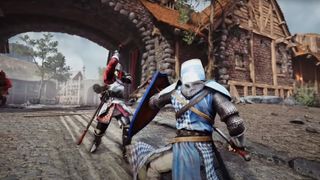
Fighting one-on-one vs in groups
Chivalry 2's combat feels very different depending on the number of enemies in your way. Fighting just one enemy at a time lets you focus on more advanced combat techniques, such as counters and feints. Winning a fight like this is rewarding, but it’s usually more difficult and time-consuming.
Group fights, on the other hand, are often chaotic. If you find yourself in one, prioritize your position over advanced combat techniques. You can easily get a high kill count by targeting distracted or cornered enemies. Avoid getting killed yourself by staying on the edge of the fight (always facing the enemy group). If several enemies approach from both sides, a dragged-out horizontal slash might save you. Just be mindful of your allies: There’s friendly damage in Chivalry 2!
Now, you’re ready to enter the middle ages. Don’t forget your battlecry.
